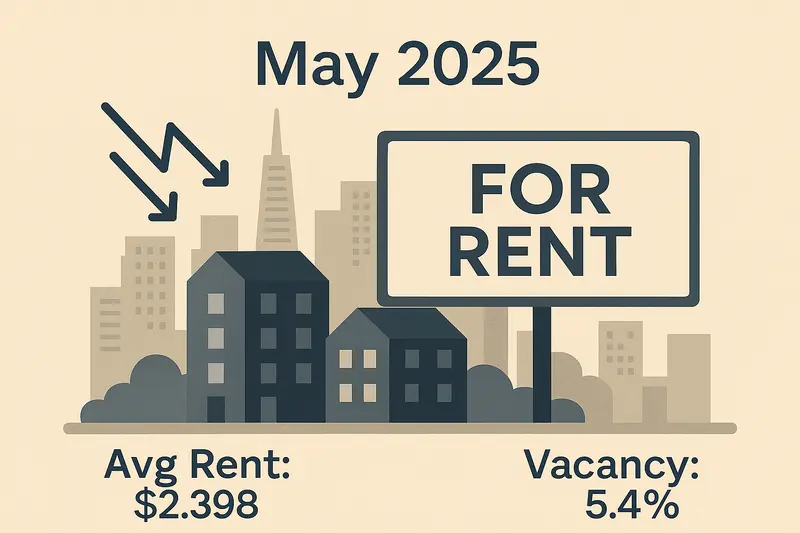Listing Your Property on the MLS: A Seller’s Roadmap
Question
Answer
Selling a home in the U.S. often requires exposure on the Multiple Listing Service (MLS), the database real estate agents use to find and market properties. Listing on the MLS connects your property to thousands of agents and syndicated websites, maximizing visibility and attracting qualified buyers.
To get your home on the MLS, follow these core steps:
- Partner with a licensed broker or agent
Only a real estate professional with MLS access can submit your listing. Interview agents to compare experience, marketing plans and commission structures. If you prefer a flat‑fee service, ensure they work under a licensed broker to meet MLS rules. - Sign a listing agreement
This contract outlines the broker’s duties, listing price, commission rate and the term of the agreement. Read it carefully and clarify any clauses before signing. - Prepare your home
Declutter, stage key rooms and complete minor repairs. Schedule a professional photographer or use high‑resolution images—listings with quality photos sell up to 39% faster. - Gather property data
Compile accurate details: square footage, lot size, year built, number of bedrooms/bathrooms, HOA dues, recent upgrades and neighborhood amenities. This information powers buyer filters and search results. - Craft a compelling description
Write a concise, benefit‑focused narrative highlighting unique features—think “sun‑filled breakfast nook” or “energy‑efficient HVAC system.” Avoid superlatives that can’t be verified. - Enter the listing into MLS
Your agent logs into their MLS portal and fills out standardized fields: property type, price, days on market, public remarks, private agent notes and status updates. They’ll select the correct board and any applicable syndication options. - Confirm lockbox and signage
Install a lockbox on the door and post a “For Sale” sign with MLS number. This lets cooperating agents show your home promptly and tracks interest. - Monitor and update
Review online views and feedback, adjust price or marketing tactics if needed, and update status (e.g., “Under Contract” or “Sold”) to maintain compliance with MLS rules.
Some sellers opt for a flat‑fee MLS service to reduce commission, but they still must adhere to listing agreements and MLS regulations. Always verify that the service operates under a licensed broker and provides the same data accuracy as a full‑service agent.
Bottom line: Listing on the MLS hinges on working with a licensed professional, providing complete property details and high‑quality visuals, and maintaining active status updates. Before you sign any agreement, it’s advisable to consult a local real estate agent or attorney to ensure you meet your state and MLS board requirements.


